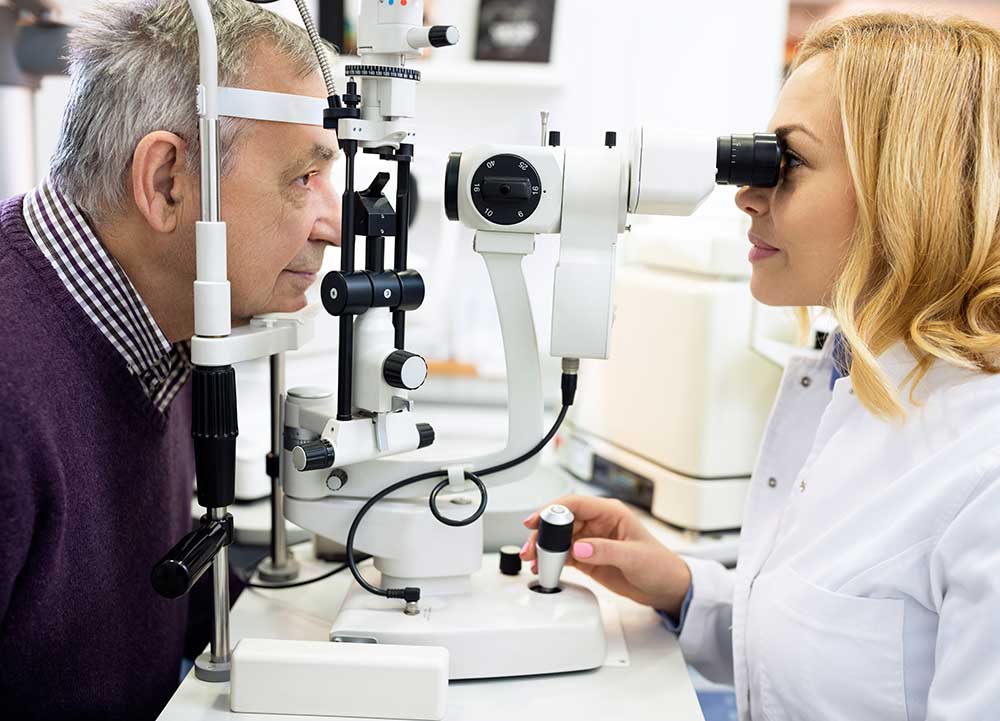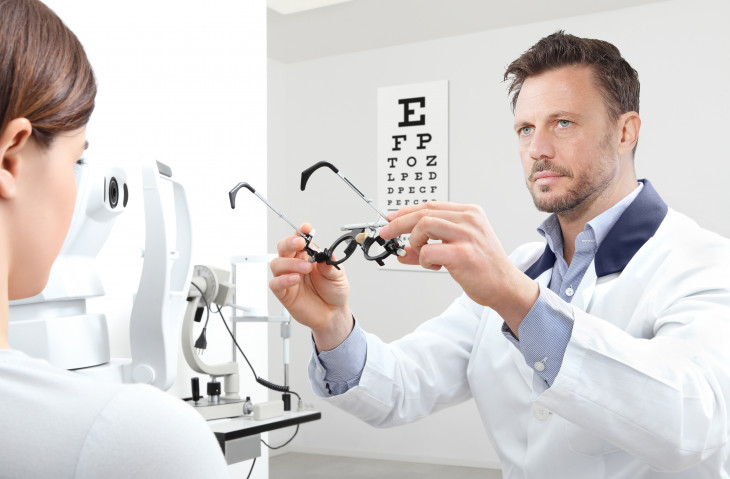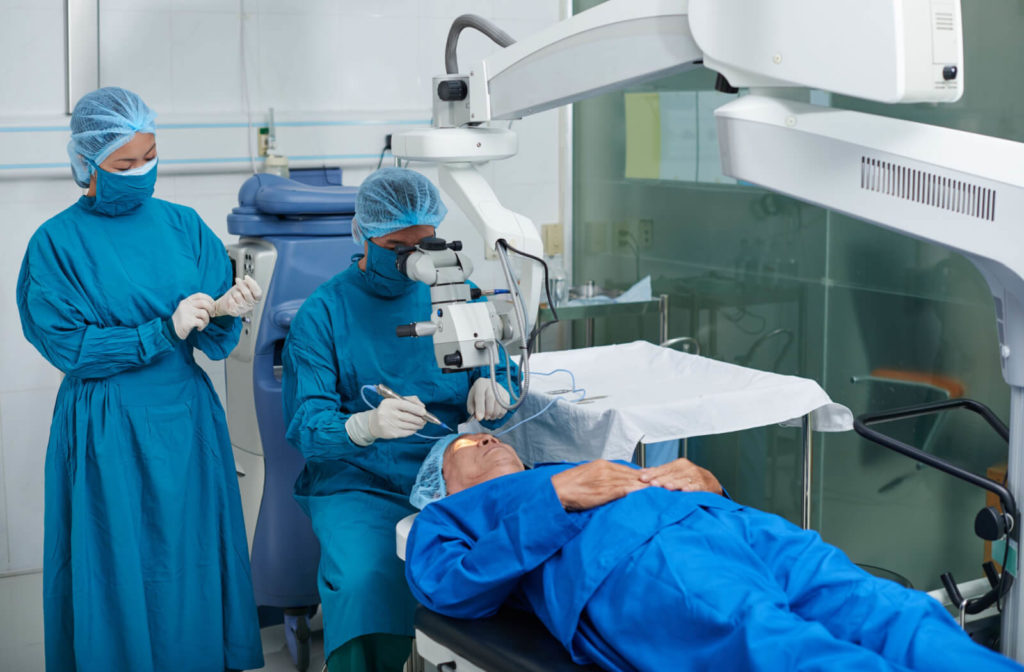Top Reasons to Visit an Optometrist Chino for Your Eye Health
Wiki Article
Checking Out the most up to date Technological Improvements in Optometry and What They Mean for Eye Doctors
From the accuracy of Optical Comprehensibility Tomography to the nuanced understandings provided by AI-driven analysis devices, these developments are establishing brand-new standards in person analysis and therapy. As these developments penetrate the technique, eye doctors are encountered with the obstacle of welcoming these tools to enhance patient end results.Innovations in Diagnostic Devices
Progressing the field of optometry, technologies in analysis devices have revolutionized the means eye care professionals analyze and diagnose aesthetic impairments and eye conditions. The past decade has actually seen significant technological innovations, allowing even more extensive and exact assessments.Another trick innovation is the introduction of innovative corneal topography systems, which map the surface area curvature of the cornea with accuracy. These devices are especially useful for fitting contact lenses and detecting corneal disorders. In addition, electronic retinal imaging has actually changed traditional ophthalmoscopy, offering comprehensive, panoramic views of the retina that facilitate detailed aesthetic examinations.
The growth of wavefront aberrometry has likewise been vital, making it possible for the evaluation of refractive mistakes with unequaled precision (Opticore Optometry). This technology assists in personalizing restorative lenses and enhancing surgical outcomes for refractive surgical procedures. Jointly, these analysis advancements empower optometrists to deliver exceptional person treatment, guaranteeing early treatment and tailored therapy methods, eventually enhancing visual health and wellness outcomes
AI in Person Management
Building on the structure of innovative analysis devices, the incorporation of man-made knowledge (AI) in patient administration stands for a transformative jump for optometry. AI systems are significantly utilized to improve efficiency, accuracy, and customization in patient care.In addition, AI-driven systems facilitate structured individual interactions and management procedures. Automated organizing, digital appointments, and personalized follow-up plans not only improve person contentment yet also maximize time management for professionals. These systems can triage patients based upon the seriousness of their problems, making certain that those in critical need get prompt interest.
Additionally, AI enhances decision-making by giving optometrists with evidence-based recommendations and therapy pathways. By integrating information from digital wellness documents, AI devices use insights that notify professional decisions, lowering the danger of mistakes and improving person end results. As AI remains to develop, its role in individual monitoring will likely broaden, reshaping the landscape of optometric treatment.
Advancements in Retinal Imaging
In the world of optometry, retinal imaging has observed remarkable technical innovations that are enhancing diagnostic capabilities and person care. Innovations such as Optical Comprehensibility Tomography (OCT) and fundus photography have actually transformed exactly how optometrists assess the retina and picture. OCT, in specific, provides high-resolution, cross-sectional pictures of the retina, permitting for the thorough examination of its layers. This capacity is invaluable for early discovery and management of problems like glaucoma, diabetic retinopathy, and age-related macular degeneration.Improved imaging modalities like OCT angiography are additional refining analysis accuracy. This non-invasive strategy maps blood flow in the retina, offering crucial insights right into vascular wellness without the need for dye injections. Furthermore, flexible optics modern technology is being incorporated into retinal imaging systems to remedy eye aberrations, delivering unmatched image clearness. Such developments facilitate the recognition of min retinal modifications that might represent disease development.
Additionally, innovations in artificial knowledge are augmenting retinal imaging by allowing computerized analysis of big datasets. These systems aid optometrists in determining patterns a sign of pathology, therefore improving analysis precision and performance. Jointly, these developments are changing retinal imaging right into a cornerstone of contemporary eye care, enhancing outcomes and increasing healing possibilities.
Teleoptometry's Growing Function
Teleoptometry is increasingly becoming an important element of eye care, driven by developments in data and diagnostic tools. As optometry embraces electronic transformation, teleoptometry assists in remote examinations, allowing optometrists to extend their solutions past typical limits. This is particularly beneficial in underserved and pop over to these guys country areas where accessibility to specialized eye treatment is usually minimal. By leveraging high-resolution video conferencing and advanced retinal imaging, optometrists can conduct extensive eye exams from afar, making sure timely medical diagnosis and treatment.The combination of expert system (AI) additional improves teleoptometry, making it possible for the analysis of visual data and assisting in the detection of ocular conditions such as glaucoma and diabetic person retinopathy. AI-powered algorithms can swiftly read this article analyze intricate imaging data, giving optometrists with important insights that strengthen medical decision-making.
Furthermore, teleoptometry supports connection of care with seamless combination with digital wellness records (EHRs), permitting eye doctors to keep thorough individual histories. When seeking advice from with various specialists., this ensures that clients obtain consistent and individualized care even.
Regardless of these advantages, challenges continue to be, consisting of making certain information safety and taking care of client expectations. Nevertheless, teleoptometry stands for a significant stride in the direction of more accessible, effective, and patient-centered eye treatment. As technology progresses, its function is poised to expand additionally.

Future Fads in Eye Treatment
A myriad of innovative fads is established to improve the future of eye treatment, driven by technological innovations and the progressing needs of clients. One significant trend is the integration of artificial knowledge (AI) in diagnostics, which guarantees to boost the accuracy and effectiveness of eye exams. AI formulas can evaluate substantial amounts of information from retinal photos, possibly discovering problems like diabetic person retinopathy and glaucoma earlier than conventional techniques.Moreover, customized medication is gaining traction in optometry, with hereditary testing notifying personalized therapy plans. This strategy intends to optimize client outcomes by tailoring interventions to individual hereditary accounts. Wearable technology, such as wise contact lenses, is also imminent, providing real-time tracking of intraocular pressure or sugar degrees, thus giving constant insights into eye and systemic health and wellness.
The fostering of enhanced reality (AR) and digital fact (VIRTUAL REALITY) in training and individual education and learning is another arising fad. These modern technologies provide immersive experiences that can improve understanding and skills both for optometrists and individuals. As these fads develop, optometrists need to stay abreast of technical developments to supply cutting-edge treatment, guaranteeing enhanced client outcomes and fulfillment in the vibrant landscape of eye treatment.
Verdict

Jointly, these diagnostic improvements encourage eye doctors to deliver superior person care, ensuring very early intervention and tailored therapy strategies, inevitably enhancing visual health and wellness outcomes.

As these innovations proceed to evolve, optometrists need to adapt and integrate them right into technique, ultimately optimizing workflow efficiency and elevating the criterion of eye treatment provided to people.
Report this wiki page